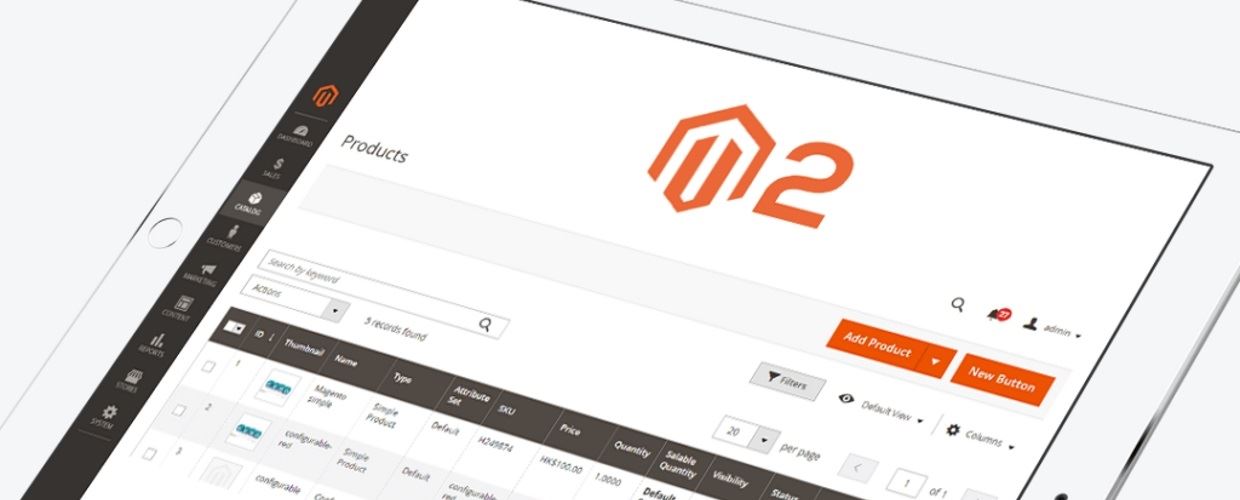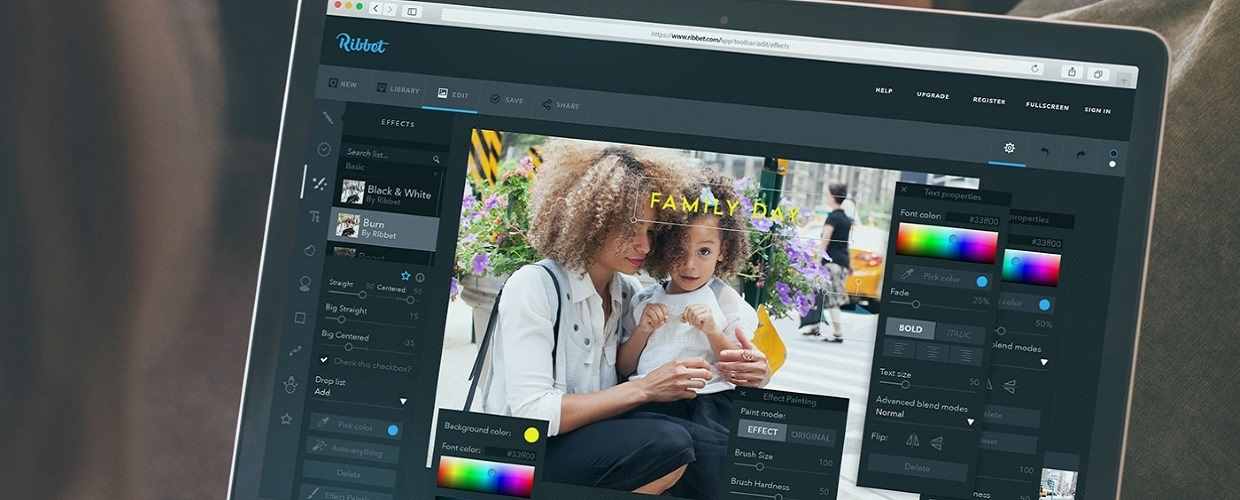A website template is like a blueprint for the construction trades. Like the blueprint, a website template is a plan for construction, the construction of a website. It’s a design guide showing what goes where. An image goes here, text goes here, a video goes here, and a menu goes here. More importantly, the template might show the size of the image, the font of the text, the purpose of the video, and the character of the menu.
If a new home builder follows a blueprint, the end result should be a beautiful new home, and in the same way, if a website builder follows a template, the end result should be a beautiful new website. For someone who has never built a website before, a template may be indispensable, but even experienced website builders will sometimes rely on a template for inspiration and guidance.
The history of website templates essentially mirrors the history of the Internet. As the Internet came to fruition in the early 1990s, along with it came the development of templates. They were primitive, clunky, pure HTML templates in the early days, but a start was certainly born.
The development of the website template scheme continues to this day, and now even the most highly developed website might very well start with a template. In 2016, there are thousands of templates to choose from, HTML, WordPress, Joomla, and more.
Some are free, but many are for sale. Those for sale may sell for as little as just a few dollars to as much as a few thousand dollars. Generally speaking, website templates are easy to use so that even a novice can use one to build an impressive website, but some still require advanced skills and even a little bit of coding. Building a website with a template can provide a valuable learning experience and even the novice will gain skills and knowledge while building a website.




















